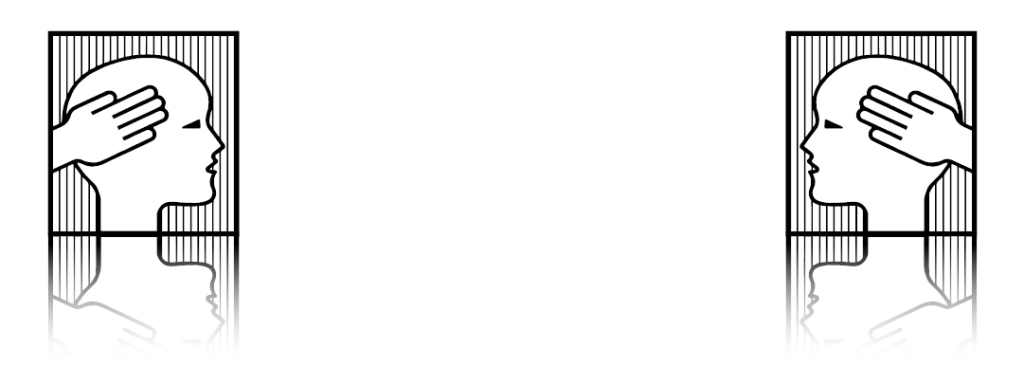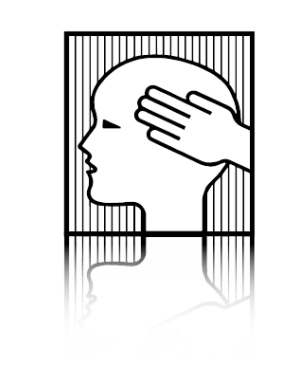Osteopathy Meets Orthodontics
The intersection of orthodontics
with the cranial osteopathic perspective
is critical and revolutionary!
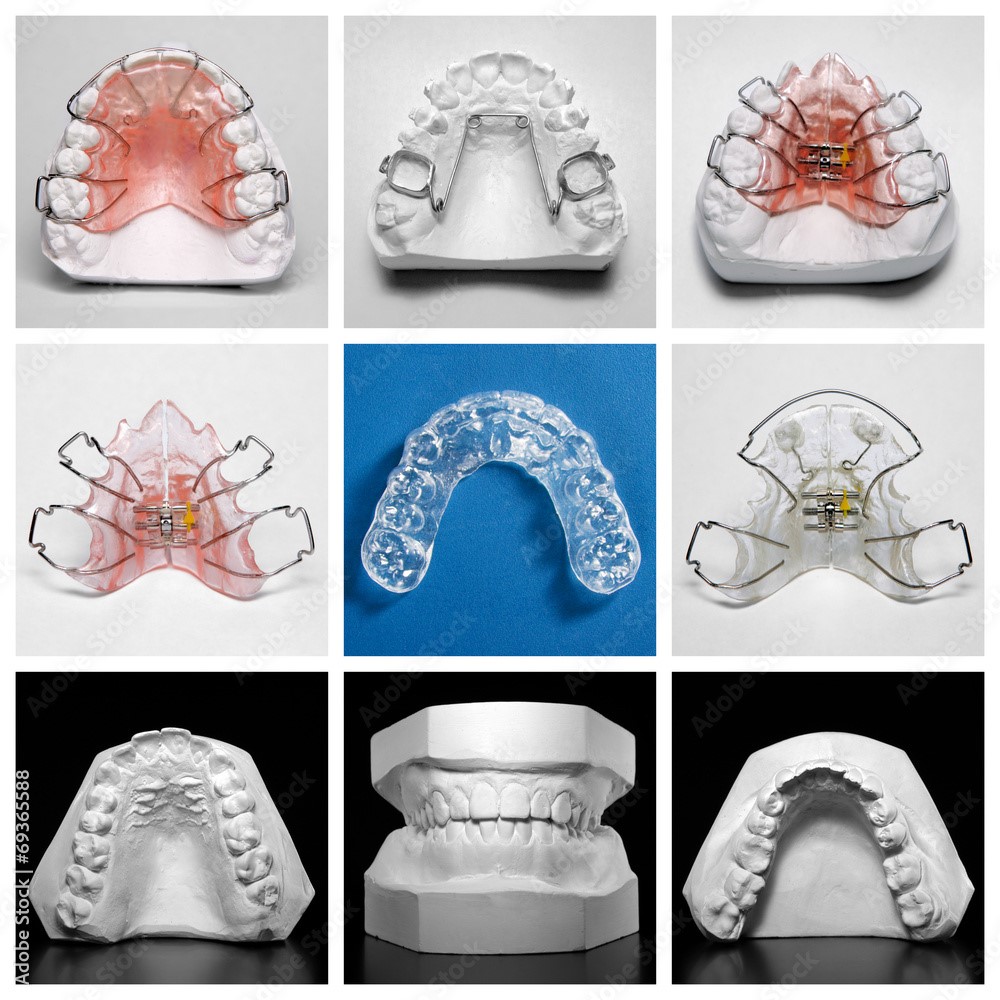

Dental orthopedics has evolved from the era of my children. In the 1980’s, their orthodontist utilized a non-traditional approach – “craniofacial orthopedics” – rather than the traditional headgear; he had changed his practice because of his awareness of the osteopathic cranial orientation and implications for orthodontics. This was also the era when equilibration (grinding teeth) and dental appliances were used to treat my temporomandibular joint dysfunction (TMD).
Forty years ago my dental education soared in unfortunate experiences with TMD and dental splints. My adventures within the dental community and falling into the world of the cranial osteopath vividly illustrate the juxtaposition of dental and osteopathic practices and perspectives that are profoundly relevant today.
Today, Dentofacial Orthopedics is recognized as a dental specialty requiring advanced education.
The Homeoblock™ and the POD™ are dental appliances created by Theodore Belfor, DDS.
The ALF appliance was fashioned by Darick Nordstrom DDS.
Two maxillary (upper jaw) dental appliances, two different orientations…
and both with common goals.
The Homeoblock™ uses a light force with a screw to widen the palate.
The ALF appliance utilizes the inherent motion of the body
to ‘balance the mechanism’ (osteopathic orientation )
in conjunction with the adjustable light wire force of the dental appliance
to widen the palate.
The POD™ is a mandibular (lower jaw) appliance
for Bruxism and TMJ.
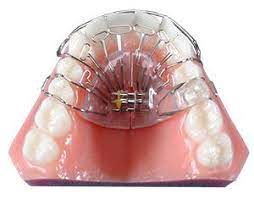
The Homeoblock™ is used to remodel the maxilla (upper jaw) to provide proper jaw positioning and more room for the tongue in both children and adults. Physiologic change from light force stimulates bone growth and changes in the facial bone structure.
This device is the ‘future’ of dental aesthetics: arch, jaw, and facial development. Underdevelopment of the dental arch can lead to temporomandibular joint disorders as well as sleep and breathing disorders. Neuromuscular dentistry and the health of the airway are major considerations beyond teeth.
Intra-oral appliances are not new. How is the HomeoBlock different?
There is an acrylic bite block on one side only. The appliance does not touch soft tissue. Long arm flap springs come in contact with the teeth. The appliance is worn from six – ten hours overnight. The patient expands the appliance with an expansion screw at .25 ml for each turn – the width of the mid-palatine suture; this rate of expansion is physiologic.
When the patient swallows, the teeth come in contact with the unilateral bite block. Negative pressure on the mid-palatine suture begins the process of bone remodeling at the suture. When swallowing, the tongue pushes up against the acrylic plate which flexes. Salvia pulls under the acrylic plate. and when the pressure is relieved, negative pressure is thereby exerted at the suture. Minor forces are exerted on the teeth with this pressure change, thereby sending receptors to the periodontal membranes of the teeth. These cascading series of events pass through the cell membrane nucleus of the osteocyte, as outlined by Dr. Melvin Moss, head of the anatomy and cell biology at Columbia University and creator of the Functional Matrix Hypothesis.
Dentofacial Orthopedics
is an accurate description of this approach that focuses on dental arch development.
Dental arch development in turn, results in facial development,
including neuromuscular development and the health of the patient’s airway.
The ALF Appliance is another non-traditional orthodontic approach.
This approach recognizes the teeth as part of the jaw and skull attached to the body
and thereby considers the structural implications of orthodontics
This different perspective is known as Alternative Lightwire Functionals or Advanced (Alternative) Light Force.
This ‘lightwire’, ‘lightweight’ “cranial friendly” appliance, designed in 1982 by Darick Nordstrom DDS.
is an integrated, collaborative whole body approach for treating facial growth and developmental dysfunction.

The ALF Approach (Tasha Turzo, DO) is a thorough compendium of this perspective. Note that the appliance crosses the midline with a ‘horseshoe’ bend behind the teeth rather than the palate. The appliance is made from Elgiloy® wire, one of the most versatile alloys used in orthodontics today, The unique and essential goal of the ALF approach is to augment and stimulate inherent motion of the craniofacial complex.
The ALF perspective as a whole body approach recognizes the interaction between the jaw and skull base
with the cervical spine, thoracic cage and pelvis
as well as the significance of tongue placement for correct swallowing and breathing.
A team approach involves dentist, osteopath and perhaps a myofunctional therapist.
Craniofacial Osteopathic Orthopedics is
more descriptive of this cranial, whole body orthodontic approach.
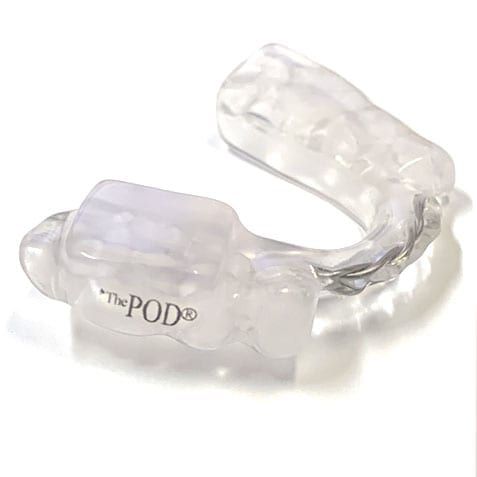
The POD™ is an intraoral mandibular (lower jaw) device designed to aid in treating clenching grinding (Bruxism) and TMJ (temporomandibular joint). Protecting the teeth from Bruxism can help with headaches, musculoskeletal pain and TMJ.
This device, featuring Unilateral Biteblock Technology®, can reduce muscle tension and allows for better breathing during sleep. The POD™ assists myofunctional therapy for better tongue posture to create proper breathing: the tongue is placed at the roof of the mouth for swallowing and the body thereby creates better breathing habits over time.
The POD™ device is not a Mandibular Advancement Device (MAD) that positions the lower jaw in an anterior/forward position. The Unilateral BiteBlock Technology® allows for more room for the tongue, which is free to come forward for better breathing during sleep in contrast to a flat plane occlusal night guard which inhibits the tongue from coming forward.
Two orthodontic perspectives in practice.
– a Clash of Contradiction?
– or an Integration of Insight?
Two of these appliances cross the midline,
one crossing the palate, the other behind the front teeth,
…and a third one locks the mandible
And, there lies my experience, insight and awareness
and leads me to ‘Wonder’.
– Crossing the maxillary midline with an upper splint –
– Locking the mandible with a lower splint –
Crossing the midline with a fixed appliance
can interfere with cranial motion
which in turn affects physiologic and structural functioning
of the entire body.
In my case – per the Osteopath’s request – the hard acrylic dental appliance
with gold prongs over the teeth to prevent all motion, was split at the midline.
This allowed the inherent movement at the midline of the palate to be restored.
Within six weeks of this splint adjustment in conjunction with osteopathic treatment,
the gap in the appliance widened almost 9 mm.
The appliance was no longer ‘functional’. However, the patient was more functional!
The dentist said he could not proceed with treatment.
The dental appliances (five by this time) that had rendered me nonfunctional
had unmistakably restricted palatal motion,
creating repercussions not only in my jaw and face but also in my back and legs
– my body was adversely affected in totality.
This response was ‘unknown’ and ‘bizarre’ in my dental community.
The cranial osteopath not only recognized
the detrimental whole-body response to the dental appliances
but also was able to help my body recover
from the unidentified and unintentional damage
created by the dental community in the name of splint therapy.
WONDERINGS
in respect of and for the Uncommon Patient
I wonder if the Homeoblock™, by not touching the soft tissue of the palate
and utilizing a spring-loaded action activated by swallowing,
allows for cranial motion
even though it crosses the midline and expands the dental arch with a screw?
I wonder if the little ‘horseshoe turns’ in the ALF appliance
is what allows for movement and thus palatal motion with the swallow?
… thus, no restriction of cranial motion, but rather,
as stated by the creator of the appliance as well as osteopathic physicians,
enhancement of cranial motion.
I wonder if both appliances allow for
inherent motion at the maxillary midline,
…the heart of the osteopathic orientation?
I wonder about an open bite position
created by the Unilateral Biteblock Technology®
and utilized in both the Homeoblock™ and the POD™ devices.
What happens to the skull base and spine when the teeth
occlude due to an open bite?
In the mid 90’s, I was the patient of an orthodontist who did not use splints for TMD. Working from the osteopathic cranial perspective of NOT crossing the midline, he bonded acrylic pivots to teeth to manipulate the occlusion, thus treating the temporomandibular joint functionality.
The bite was opened on one side during this ‘pivot process’. He was always surprised at how fast my bite would occlude with this procedure. I was one of many patients he treated with this ‘open bite’ procedure for ‘manipulating’ the jaw joint.
Hence, my wondering of the ramifications to occlusion and the temporomandibular joint when the bite is opened wide on one side only with the Unilateral Biteblock Technology?
INTEGRATION OF INSIGHT
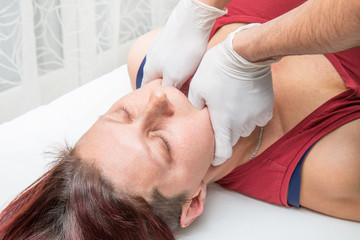

My case serves to
validate and confirm
– Validity of the cranial osteopathic perspective.
– Confirmation of the results of treatment
with health care practitioners trained
in this orientation.
My case serves
to expose and reveal
– Orthopedic devices crossing the midline and potential interference of cranial motion.
– Use of dental splints in the presence
of (unknown) necrotic bone.
How and Why?
Why is a spinal fusion in the lower back and a dental splint on the upper teeth
elements of A Perfect Storm
in the world of the Cranial Osteopath?
Discover a functional perspective of medicine
and the treatment that addresses the integration of the body.
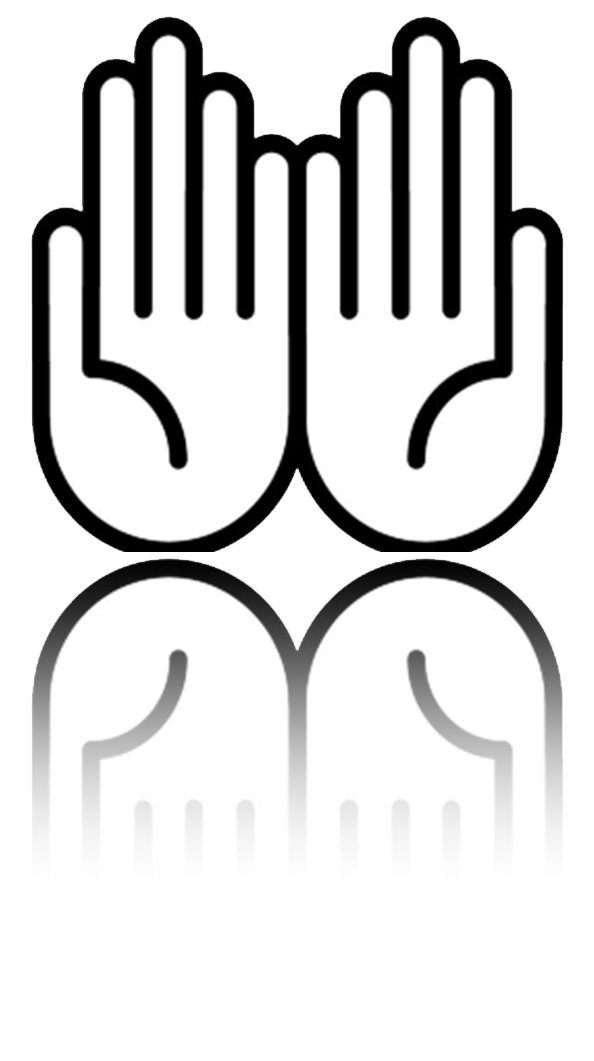
Read The Sound of Silence
and follow my story
into the Invisible
…The Before

Read The Prognosis Protest
and follow my story
of two unsuccessful back surgeries
….after the Silence


Read
The Basket Case
and follow my story of
dental splints that crossed the midline
of both upper and lower jaws*.
{*pulling the lower jaw into a Class 3 malocclusion to ‘recapture the TM (jaw joint) disc’]
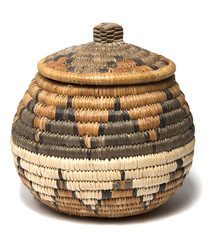
Read
Serendipity and Providence
and follow my story as I
wandered onto
‘The Road Less Traveled’
with cranial Osteopathic treatment.

Read ‘Cold Turkey’ Potency
and follow my story of
splint treatment recovery with medication withdrawal
….and the surprising benefit of osteopathic cranial treatment.
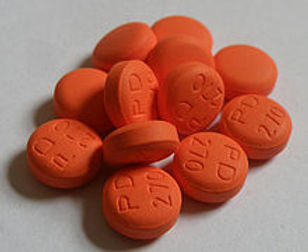
MORE WONDERINGS
in respect of and for the Uncommon Patient
I wonder if the Mandibular Advancement Devices [MAD] currently in use today
have the potential for the structural harm that happened in my case?
MAD
[Mandibular Advancement Devices]
This 80’s treatment of ‘recapturing the TMJ disc’
by using a mandibular mandibular advancement splint has changed radically.
However, it appears that a similar appliance application is now used for a different diagnosis
…Sleep Apnea?
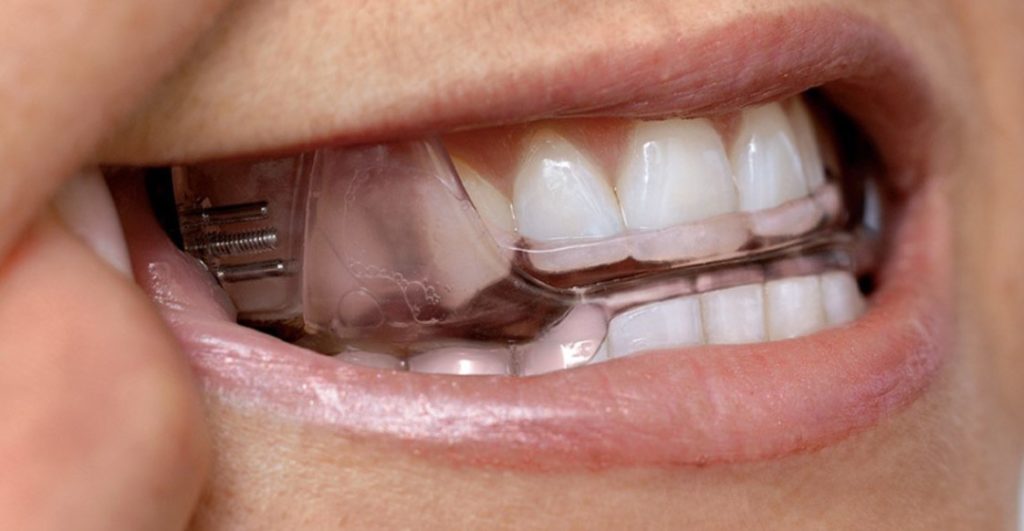
There is currently as astounding number of MAD devices used to treat OSA [obstructive sleep apnea].
Rather than recapturing the TM disc, these devices are designed to open the airway.
The mandible (lower jaw), skull base and cervical spine are a different issue than the maxillary midline suture.
A 2018 orthodontic journal article raises questions about this very issue:
Side Effects of Mandibular Advancement Splints for the Treatment of Snoring and Obstructive Sleep Apnea:
A Systematic Review
“Occlusal side effects or development of pain and/or functional impairment of the temporomandibular complex
are potential reasons for poor compliance or abandonment of mandibular advancement device treatment
for snoring and obstructive sleep apnea.”
Conclusion
Long-term assessments of adverse effects of MAS (mandibular advancement splints) therapy
with larger study samples and recruitment of homogenous patient population are still required.
In 1999, the creator of CPT codes for TMD (temporomandibular joint dysfunction) apologized,
on behalf of ‘his profession’, for the mismanagement of my case in the early 80’s
– the ‘recapture the TM disc’ treatment with mandibular advancement into a Class III malocclusion.
This dentist stated that I had been placed in a 24-hour whiplash position for five months
The fact that I had a spinal fusion in the lower back that was an inch too anterior compounded
the structural nightmare that went ‘unrecognized’ by the dental community.
Dismissal from a dental practice, being labeled a ‘psychiatric case’…
the lack of understanding and unprofessional behavior was almost as detrimental as the splint treatment.
The structural stress on my head, neck and back rendered me nonfunctional –
and thus I became the dental Basket Case of 1978 in Phoenix, Arizona.
It was after this initial structural mandibular insult to my body,
that several maxillary appliances rapidly increased my deterioration.
I wonder how many patients in the adult population with root canals or dental implants
are hypercoagulable, which increases the probability of
having an undetected bone infection*?
And, thus what are the implications
for expanding palatal bone at the maxillary suture or
possible structural ramifications inherent in mandibular advancement?
*My closet shelf houses a collection of more than thirty CT, MRI and ultrasound scans;
not one of them indicated the necrotic (dead) bone
uncovered during a surgical biopsy in 1998
…20 years AFTER dental splints.
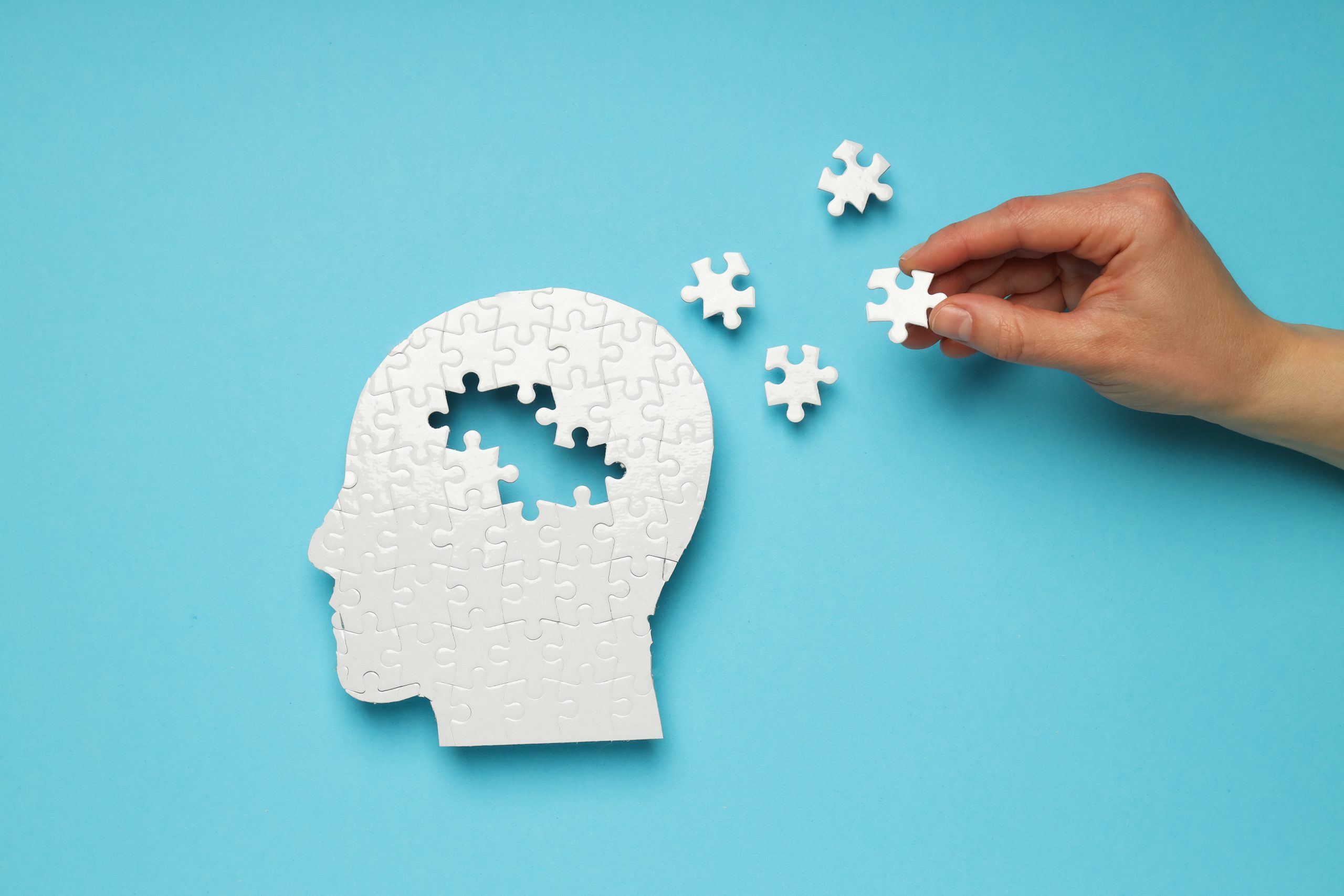
The “Beyond”
of the Unknown
20 years later
Discoveries and Confirmations
of the Why and the What
…in the office of an oral surgeon.
EVEN MORE WONDERINGS
in respect of and for the Uncommon Patient
I wonder if we are more Common than Uncommon?
I wonder how many dentists and orthodontists utilizing appliances
are aware of this ‘other perspective’ in the world of the cranial Osteopath
for those patients who exhibit “unknown” repercussions?
I wonder how many ‘disaster’ cases in this field are due to ignorance or
dismissing the knowledge and expertise of Osteopathy in the Cranial Field?
And I wonder how many of these ‘disasters’
can be treated or could have been avoided with more awareness?
EXPERIENCE
…the teacher of life that provides food for thought to ‘chew’ on
– literally and figuratively.
Walking through a looking glass, falling down a rabbit hole,
discovering an uncommon path, seeing a rainbow,
and uncovering a pot of gold
…in the hands of a cranial osteopath

AWARENESS
In hindsight, pre-existing ‘extenuating circumstances’ were most likely
the invisible and silent infrastructure of the dental repercussions and overall deterioration.
My unusual case of known and unknown pre-existing conditions was most uncommon:
– an unrecognized intubation injury in the palate
in conjunction with an anesthetic awareness experience
– a spinal fusion in the lower back
– undetected hypercoagulation genetics
For the Professional
Orthodontic/Dental Awareness
Patient Specific Treatment
For the Patient
Patient Education and Awareness
Freedom of Choice
My hope is to raise awareness
of the Unconventional, of the Non-traditional.
– and of POTENTIAL
for the benefit of the “Uncommon Patient”.
….maybe a pot of gold for another patient
..or maybe something to ‘chew’ on for a dentist or orthodontist!
